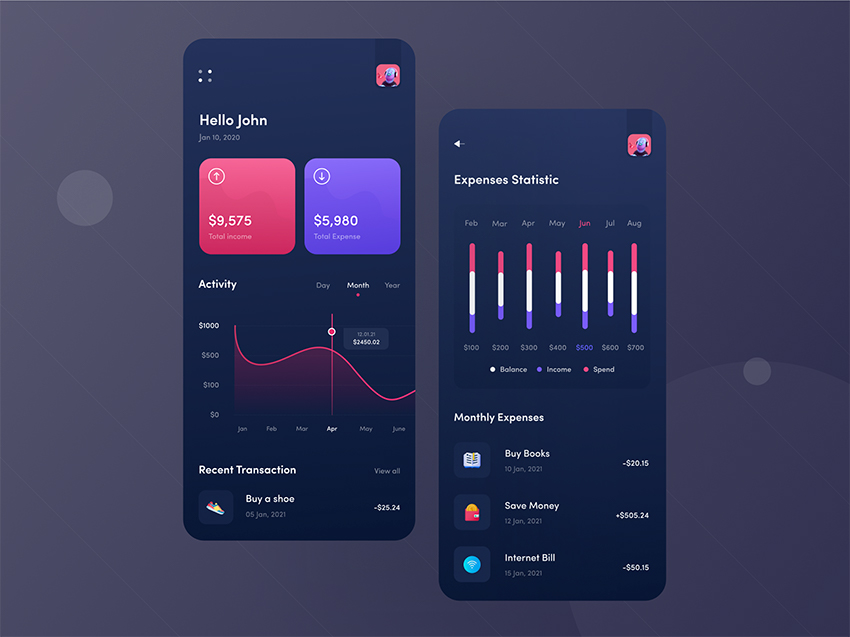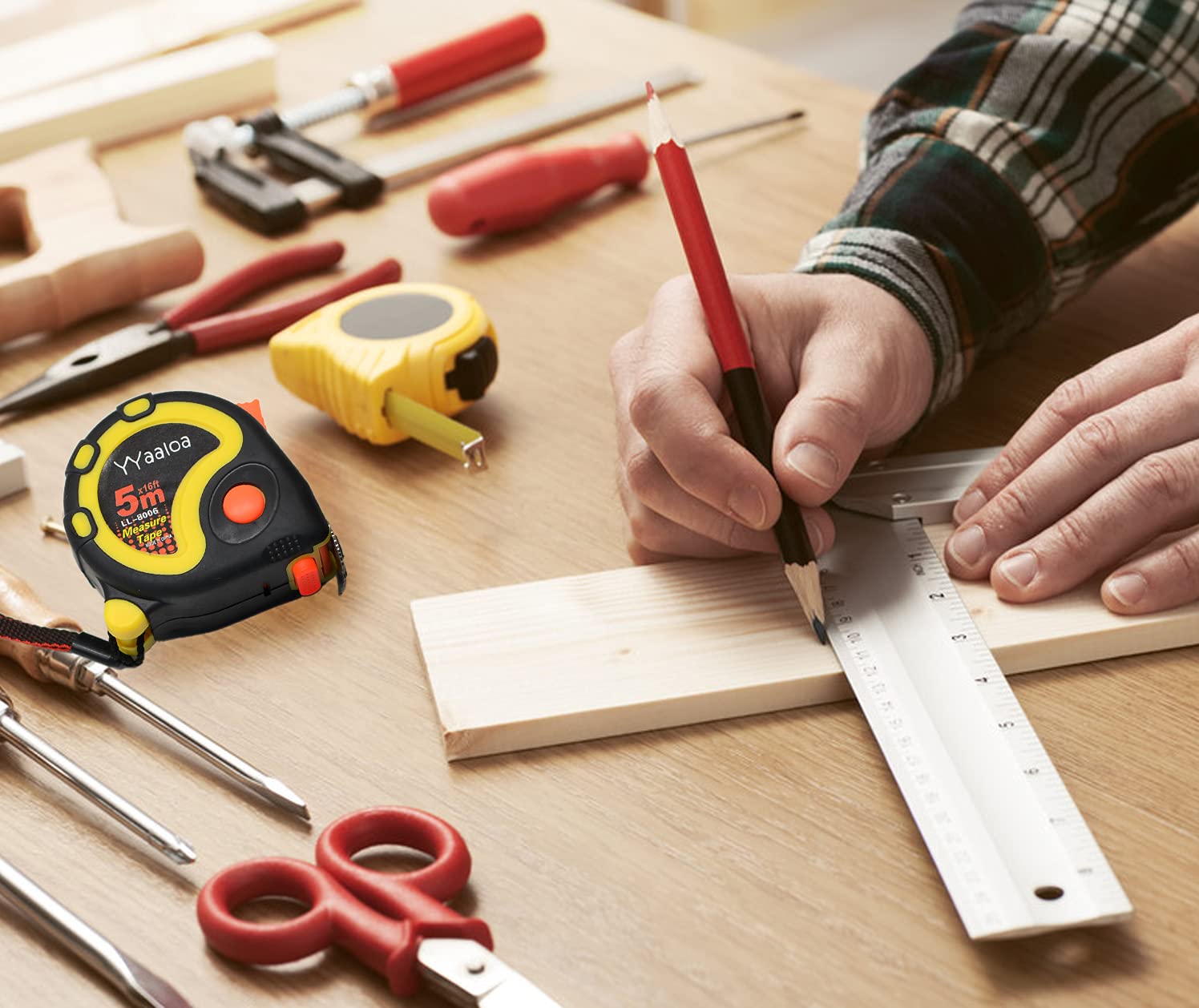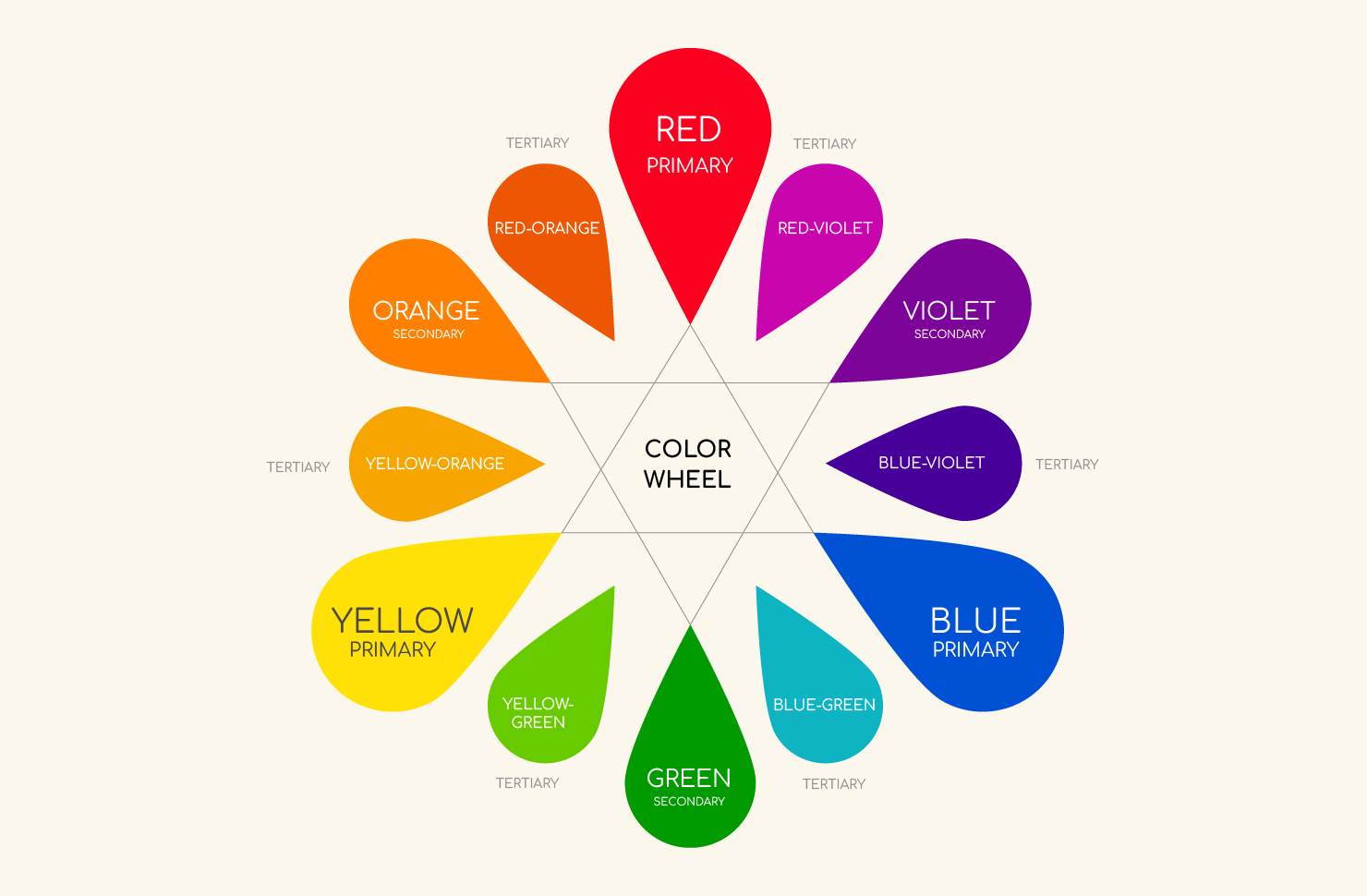5 Simple Steps to Create a Budget and Stick to It
Introduction
Creating a budget doesn’t mean restricting your life—it means taking control of your money so you can live more freely and stress-free. Whether you’re trying to save, pay off debt, or just stop wondering where your paycheck went, having a solid budget is a game-changer.
In this article, we break down the process into five simple, actionable steps to help you build a budget you’ll actually stick to—and start making your money work for you.
🧾 Step 1: Track Your Current Spending
Before you can plan a budget, you need to understand where your money is currently going. Spend a full month tracking every expense—yes, even that $4 coffee.
How to Do It:
-
Use apps like Mint, YNAB, or your bank’s built-in tools
-
Check your past 2–3 months of statements
-
Categorize spending into essentials (rent, groceries) and non-essentials (eating out, subscriptions)

💡 Step 2: Set Realistic Financial Goals
Budgeting isn’t just about cutting expenses—it’s about aligning your spending with what really matters to you.
Types of Goals:
-
Short-term: Save $500 emergency fund, pay off a credit card
-
Mid-term: Vacation, car down payment
-
Long-term: Retirement, buying a home, financial independence
Write your goals down and assign timelines. This gives your budget a purpose beyond just saving money.
📊 Step 3: Create a Budget That Matches Your Lifestyle
Now that you know where your money is going and where you want it to go—create your budget.
Popular Methods:
-
50/30/20 Rule:
-
50% needs (rent, food, bills)
-
30% wants (entertainment, dining out)
-
20% savings/debt repayment
-
-
Zero-Based Budgeting: Assign every dollar a job until you hit zero.
Use a spreadsheet, app, or printable worksheet—whatever format you’ll actually use.
💳 Step 4: Automate What You Can
Automation helps you stay on track without thinking about it. Set up:
-
Auto-payments for bills to avoid late fees
-
Automatic transfers to savings right after payday
-
Scheduled debt payments to pay down balances consistently
This creates financial momentum and makes it easier to stick to your plan.
🔁 Step 5: Review and Adjust Monthly
Your first budget is a starting point—not a set-it-and-forget-it plan. Life happens. Expenses shift. You learn as you go.
Do This Each Month:
-
Compare actual spending vs budget
-
Adjust categories as needed
-
Celebrate wins (like under-spending or reaching a goal!)
🧠 Final Thoughts
Budgeting doesn’t have to be complicated or intimidating. By following these five steps, you’ll gain clarity, control, and confidence in your financial life. Remember—consistency beats perfection. Progress is the real goal.
Start where you are. Use what you have. Stick with it. 💪
editor's pick
news via inbox
Nulla turp dis cursus. Integer liberos euismod pretium faucibua











